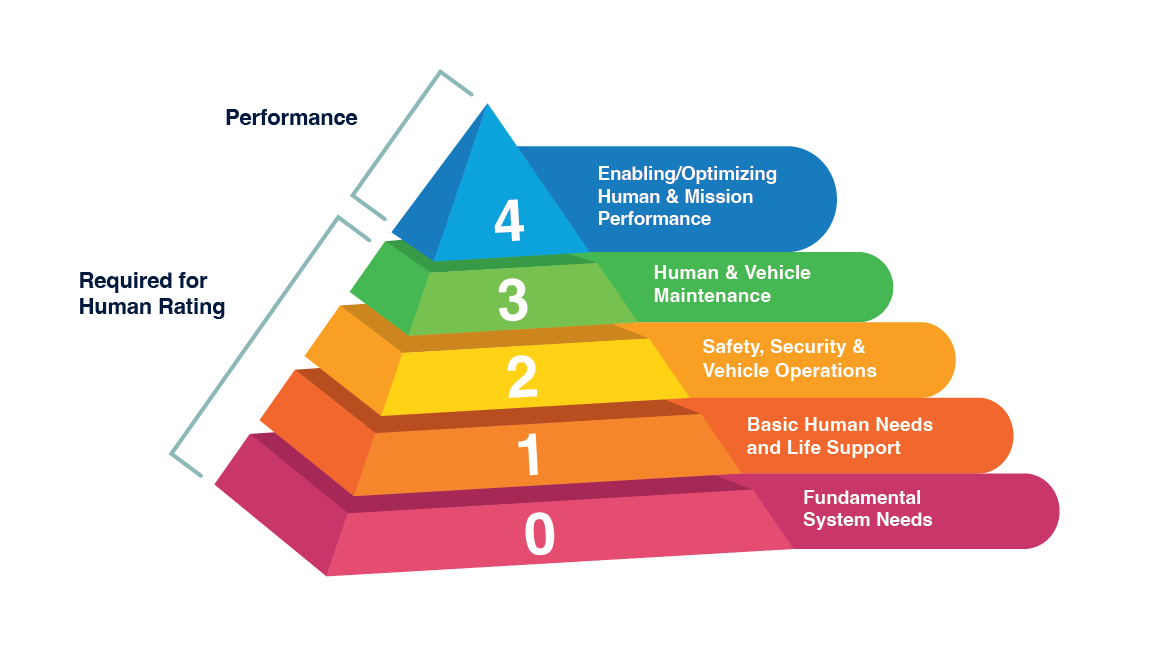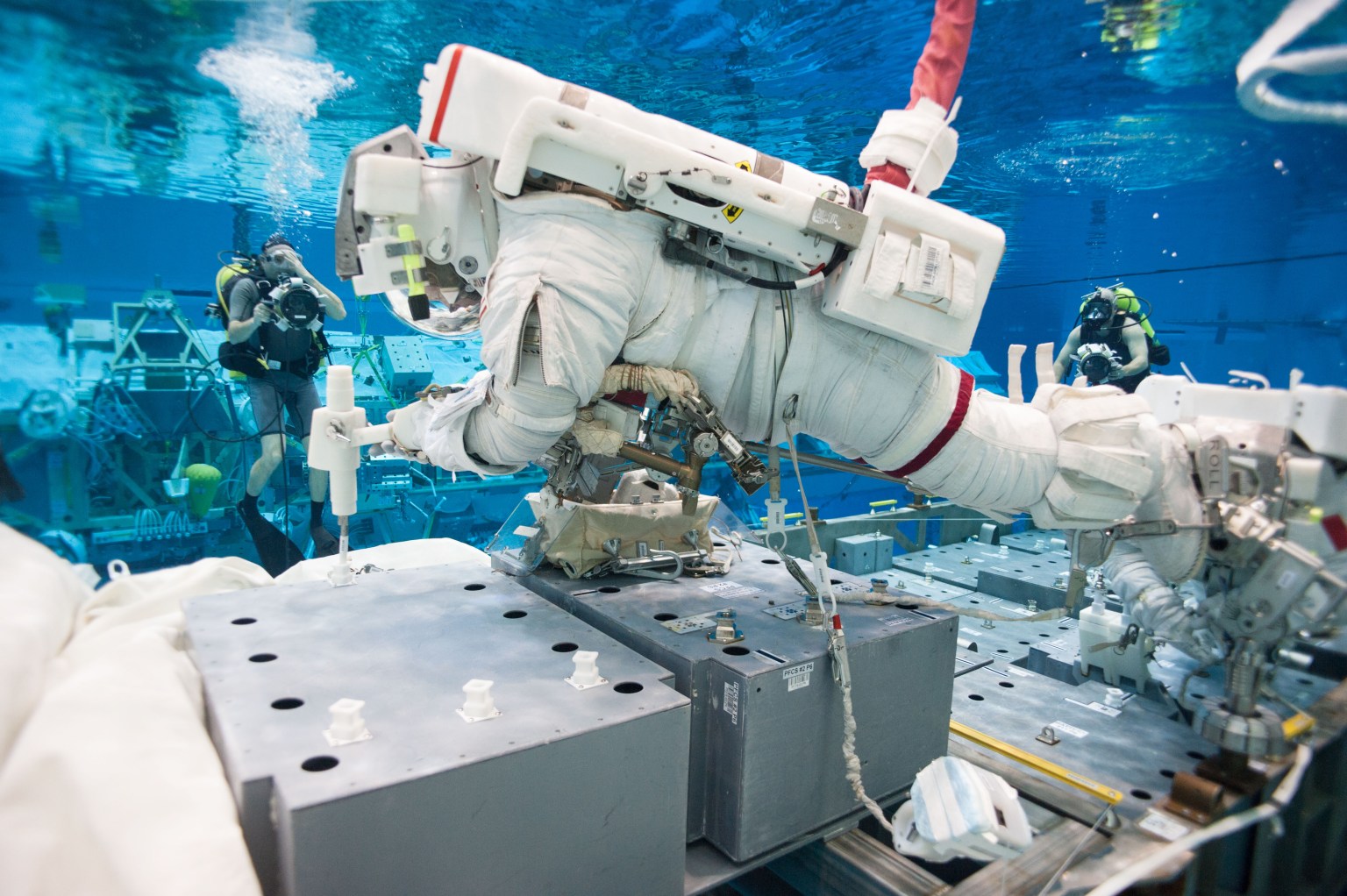Human Rating and NASA-STD-3001
- Human-rating is a critical certification process that validates the safety, reliability, and suitability of space systems for human use and interaction.
- The human-rating certification process involves extensive testing, validation, and verification of system performance, including simulations, flight tests, and integrated safety analyses.
- NASA’s standards, such as NASA-STD-3001, emphasize risk-informed design, fault tolerance, human factors engineering, and the ability to recover from hazardous situations.
- The human-rating certification process is not just a checklist of technical requirements, but also represents a cultural commitment to crew safety, fostering a mindset in which every team member shares responsibility for protecting human life.
- Human-rating standards are continually evolving to meet the demands of space travel, with ongoing assessments and reviews to ensure that systems remain in their certified state throughout their operational life.
3 min read
Preparations for Next Moonwalk Simulations Underway (and Underwater)
Human-rating is a critical certification process that validates the safety, reliability, and suitability of space systems—including orbiters, launch vehicles, rovers, spacesuits, habitats, and other crewed elements—for human use and interaction. This process ensures that systems are designed not only to protect human life but also to accommodate human needs and effectively integrate human capabilities. Human-rating requires that systems can tolerate failures, provide life-sustaining environments, and offer the crew sufficient control and situational awareness. NASA’s standards, such as a maximum allowable probability of loss of crew of 1 in 500 for ascent or descent, reflect the agency’s commitment to minimizing risk in human spaceflight.
Over the decades, the concept of human-rating has evolved significantly. Early efforts focused primarily on basic crew survival and redundancy in critical systems. Today, human-rating is an interdisciplinary effort that integrates engineering, medical, operational, and various other expertise to ensure that systems are not only survivable but also support optimal human function in extreme environments. As missions became more complex and extended in duration, the scope of human-rating will continue to evolve to meet the demands of space travel.
Modern human-rating standards—such as NASA Procedural Requirements (NPR) 8705.2C, NASA-STD-8719.29 (Technical Requirements for Human-Rating), and NASA-STD-3001 (Human System Standards)—form the foundation of NASA’s approach. These documents emphasize risk-informed design, fault tolerance, human factors engineering, and the ability to recover from hazardous situations. They also provide detailed guidance on system safety, crew control interfaces, abort capabilities, and environmental health requirements. Together, they ensure that human spaceflight systems are designed to accommodate, utilize, and protect the crew throughout all mission phases.
The human-rating certification process is rigorous and iterative. It involves extensive testing, validation, and verification of system performance, including simulations, flight tests, and integrated safety analyses. Certification also requires continuous monitoring, configuration control, and maintenance to ensure that systems remain in their certified state throughout their operational life. Importantly, human-rating is not just a checklist of technical requirements—it represents a cultural commitment to crew safety. It fosters a mindset in which every team member, from design engineers to mission operators, shares responsibility for protecting human life.
To support program and project teams in applying these standards, NASA has conducted cross-reviews of documents like NASA-STD-3001 in relation to NASA-STD-8719.29. These assessments help identify relevant human health and performance requirements that should be considered during system design and development. While not a substitute for detailed applicability assessments, such reviews provide valuable guidance for integrating human-rating principles into mission planning and vehicle architecture.





